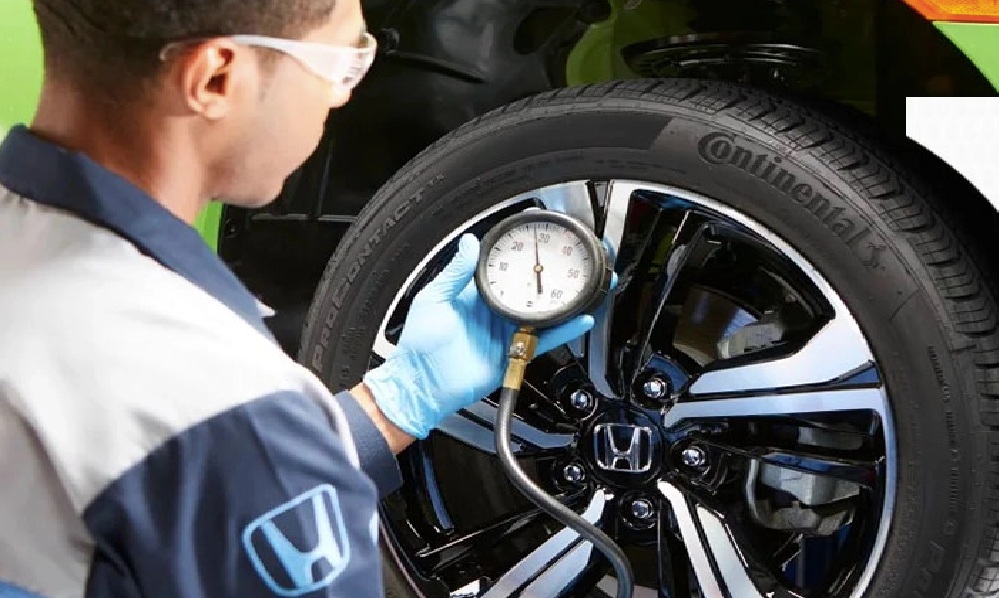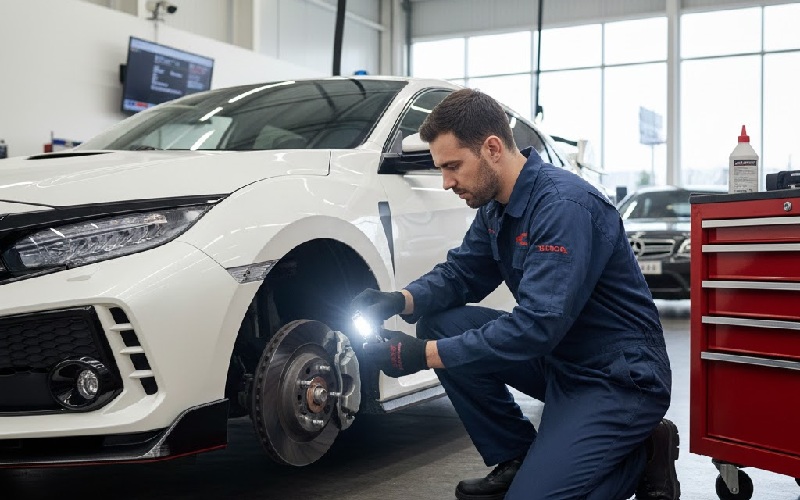Tire maintenance is a critical aspect of vehicle ownership that directly impacts safety, performance, and longevity. For Honda Pilot owners navigating the diverse and challenging Canadian road conditions, understanding seasonal strategies is paramount to ensuring optimal vehicle performance and driver safety.

The Importance of Tire Rotation
Fundamentals of Rotation
Tire rotation is more than a simple maintenance task—it’s a strategic approach to:
- Equalize wear
- Extend lifespan
- Maintain vehicle handling
- Optimize performance
Rotation Patterns for Honda Pilot
Standard Rotation Method
- Front-to-rear movement
- Side-to-side alternation
- Recommended interval: Every 8,000 to 10,000 kilometers
Rotation Sequence:
- Front left → Rear right position
- Front right → Rear left position
- Rear tires move to front axle
- Maintain original side of vehicle
Seasonal Considerations in Canadian Climate
Winter Strategies
Seasonal Changeover
- Recommended winter usage: November to March
- Optimal storage conditions for off-season tires
- Temperature range considerations: -40°C to +10°C
Storage Guidelines:
- Clean rubber thoroughly
- Store in cool, dry environment
- Use tire bags to prevent degradation
- Avoid direct sunlight exposure
Summer Maintenance
Performance Optimization
- Tread depth monitoring
- Pressure adjustment for temperature variations
- Regular visual inspections
Tire Replacement Indicators
Wear Assessment Techniques
Tread Depth Analysis
- Minimum legal tread depth: 1.6 millimeters
- Recommended replacement depth: 3-4 millimeters
- Use professional tread depth gauge
Wear Indicators:
- Visible tread wear bars
- Uneven wear patterns
- Reduced traction performance
Rotation Impact on Replacement Timing
Factors Affecting Lifespan:
- Driving conditions
- Maintenance frequency
- Vehicle load
- Driving style
Advanced Rotation Techniques
Directional and Non-Directional Tires
Rotation Complexity
- Directional: Limited rotation options
- Non-directional: More flexible rotation strategies
- Honda Pilot typically uses non-directional tires
Technological Innovations in Tire Management
Emerging Monitoring Technologies
- Smart pressure sensors
- Wear prediction algorithms
- Advanced rubber compound developments
Environmental Considerations
Sustainable Tire Practices
- Proper disposal
- Recycling programs
- Eco-friendly manufacturing
- Reduced carbon footprint strategies
Specific Challenges for Honda Pilot Owners
Vehicle-Specific Rotation Considerations
- Weight distribution characteristics
- Suspension geometry
- Driving dynamics impact on wear
Maintenance Checklist
Comprehensive Tire Care Strategy
- Monthly pressure check
- Quarterly visual inspection
- Bi-annual rotation
- Annual comprehensive evaluation
Professional vs. DIY Maintenance
When to Seek Professional Help
- Complex wear patterns
- Suspension alignment issues
- Advanced diagnostic requirements
Seasonal Tire Care: Proactive Management
Effective rotation and replacement strategies are fundamental to:
- Ensuring vehicle safety
- Maximizing performance
- Reducing long-term maintenance costs
- Enhancing driving experience
Key Takeaways
- Consistent rotation is crucial
- Monitor wear patterns regularly
- Adapt to seasonal challenges
- Invest in professional inspections
Your Honda Pilot tires are its primary connection to the road. Treat them with the care and attention they deserve, and they will provide reliable performance across diverse Canadian landscapes.




